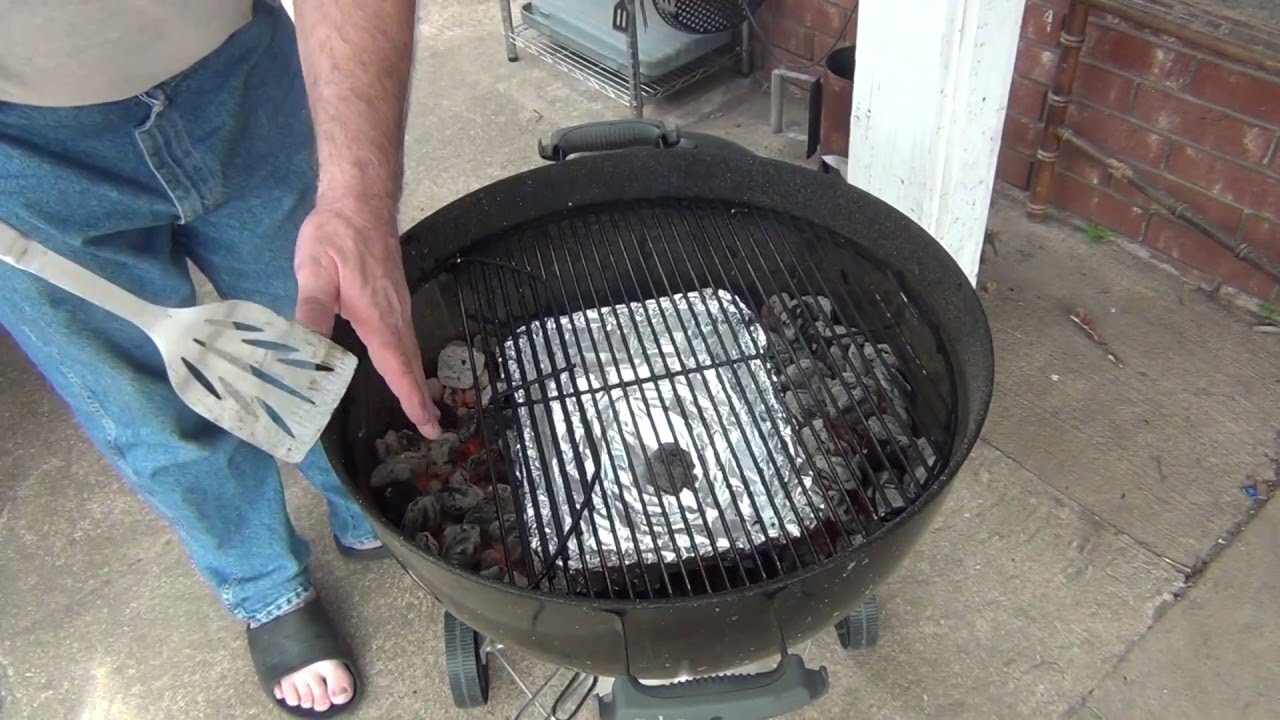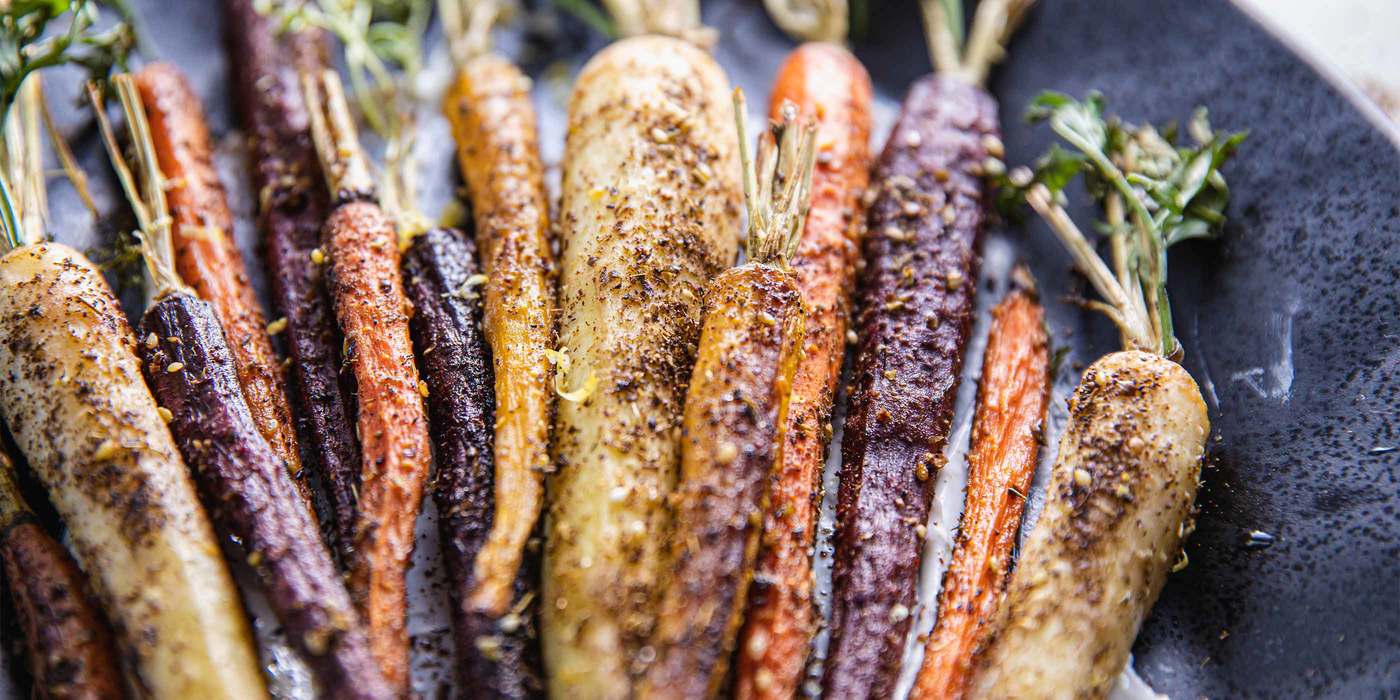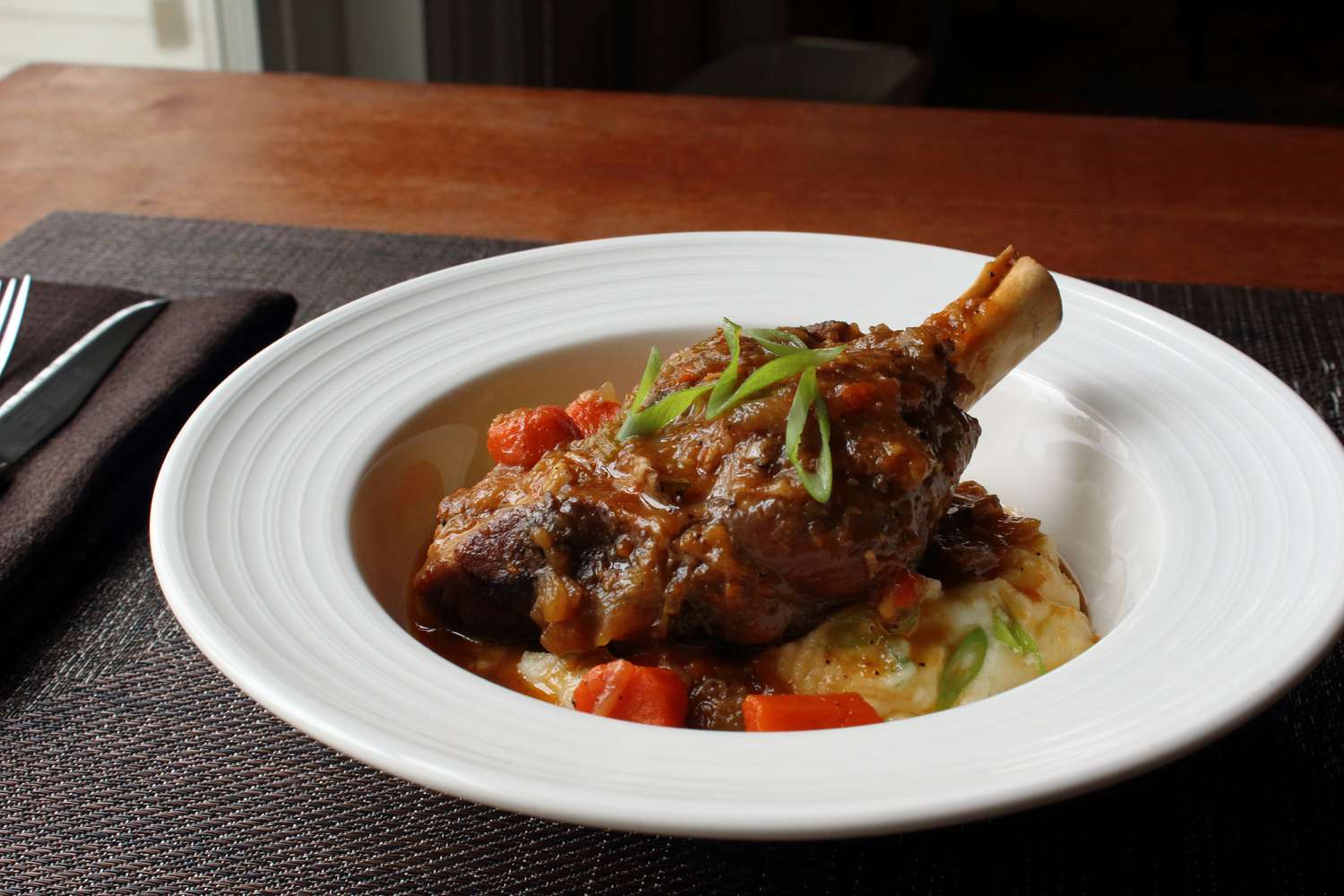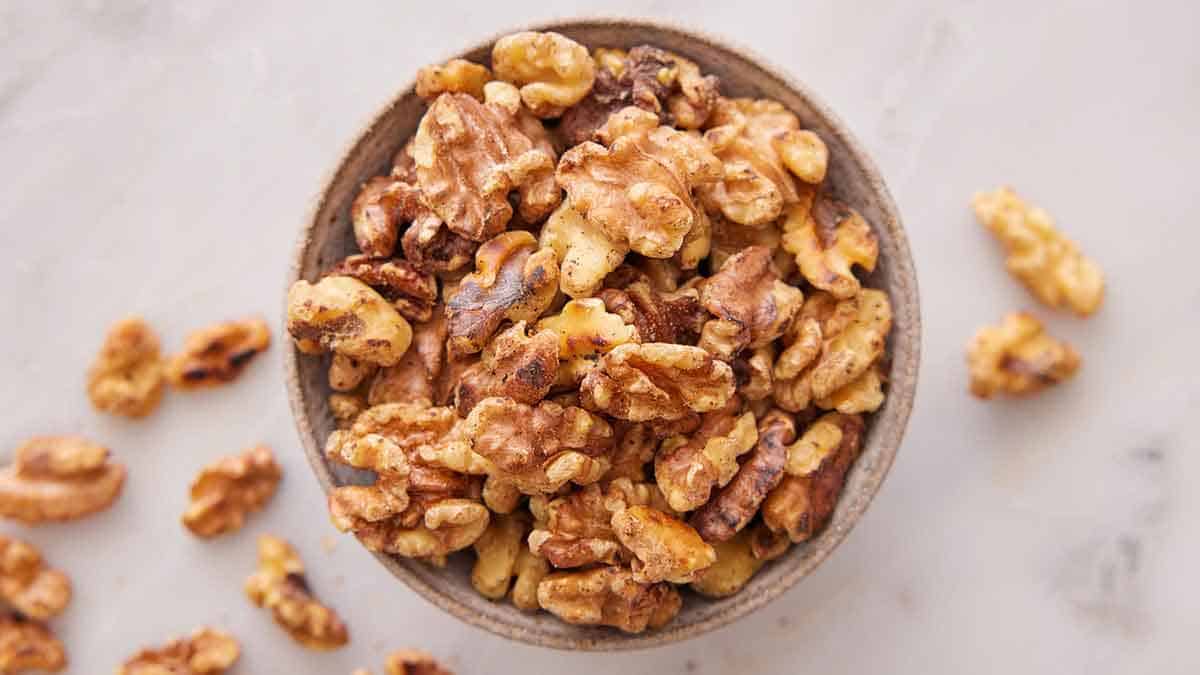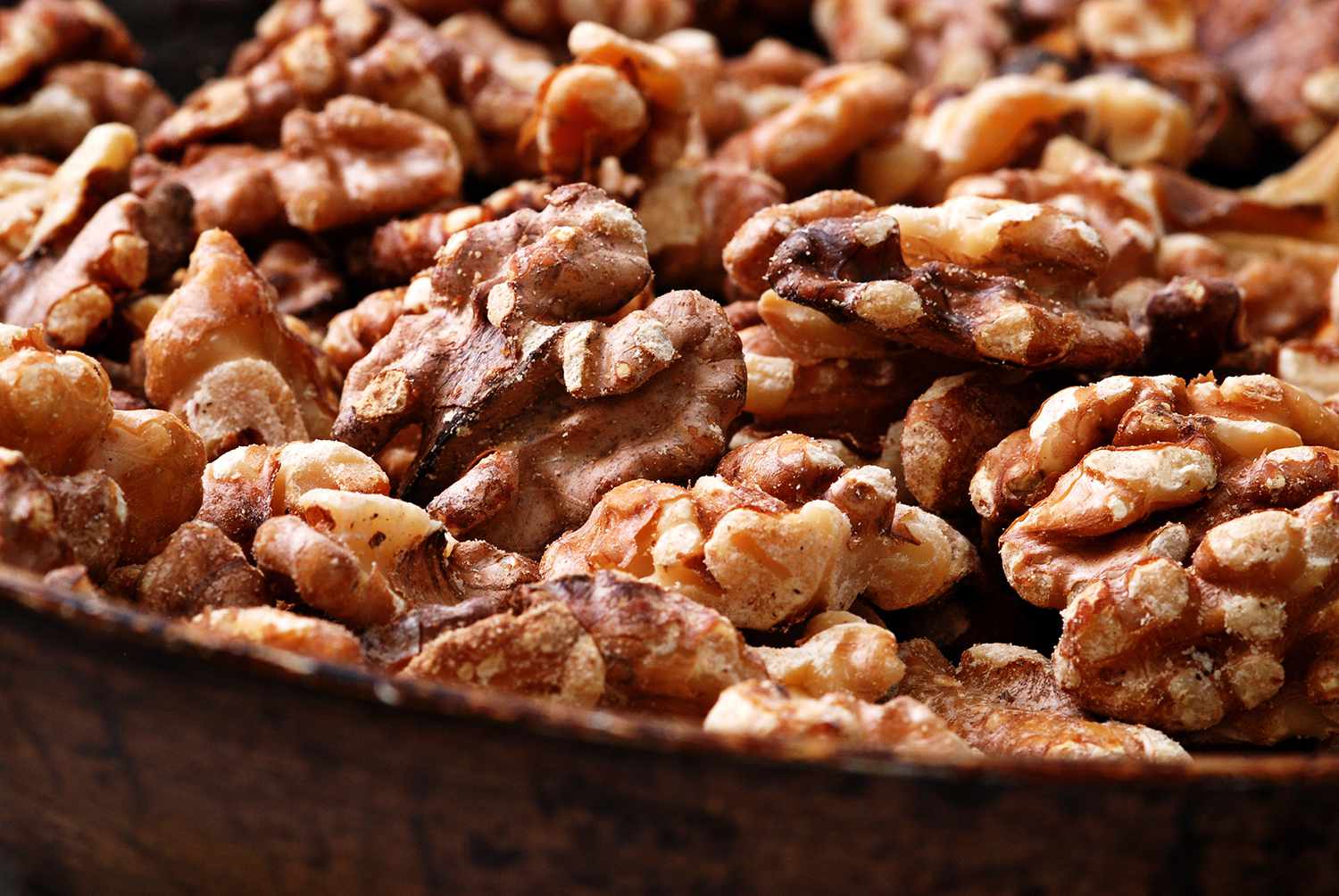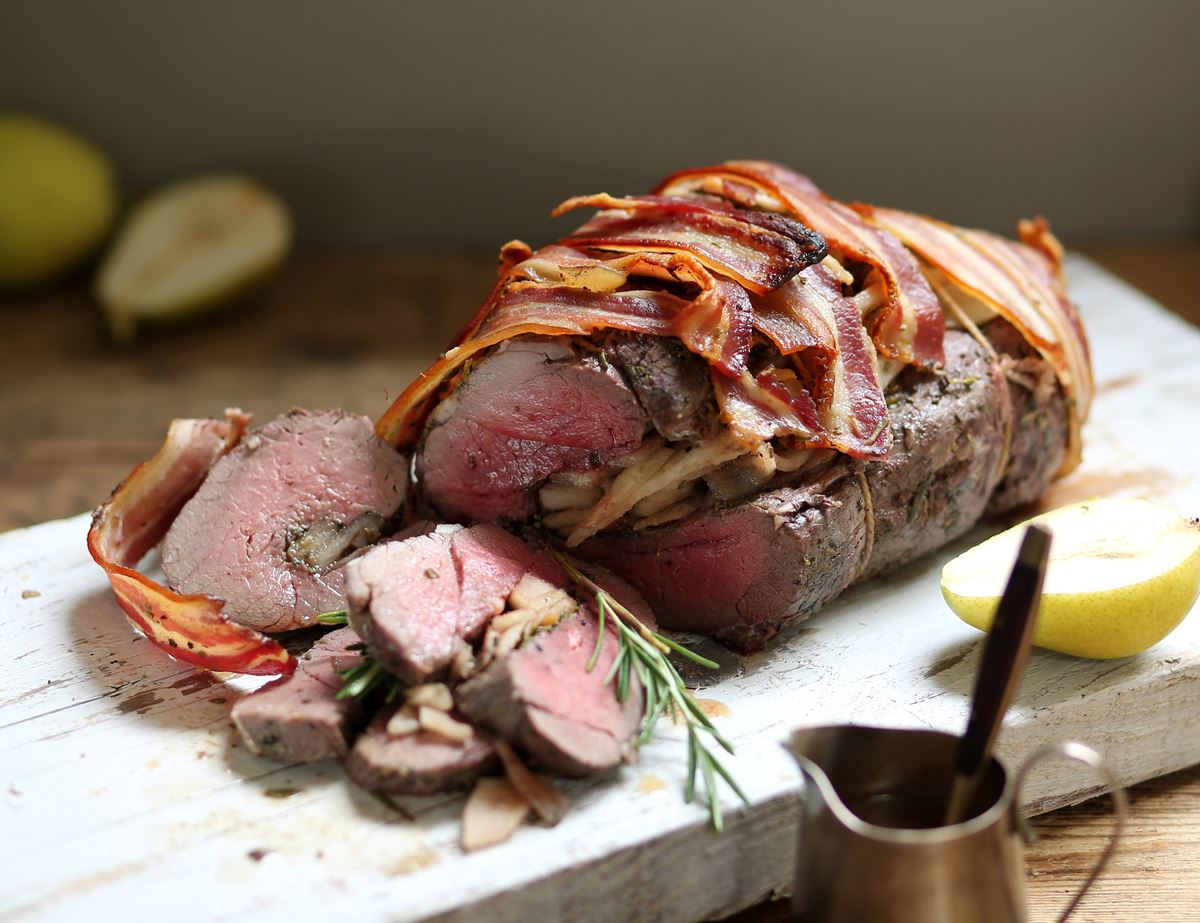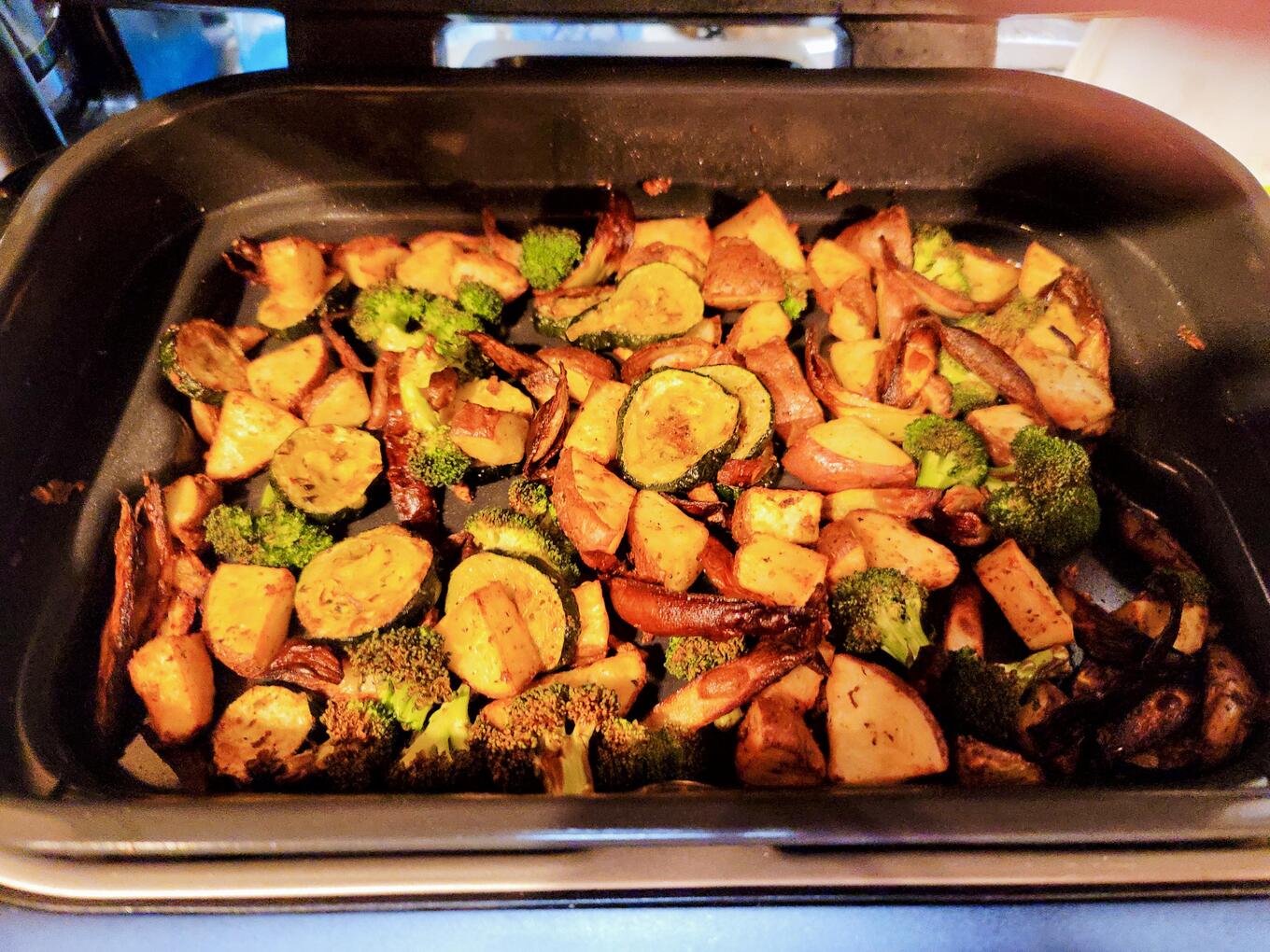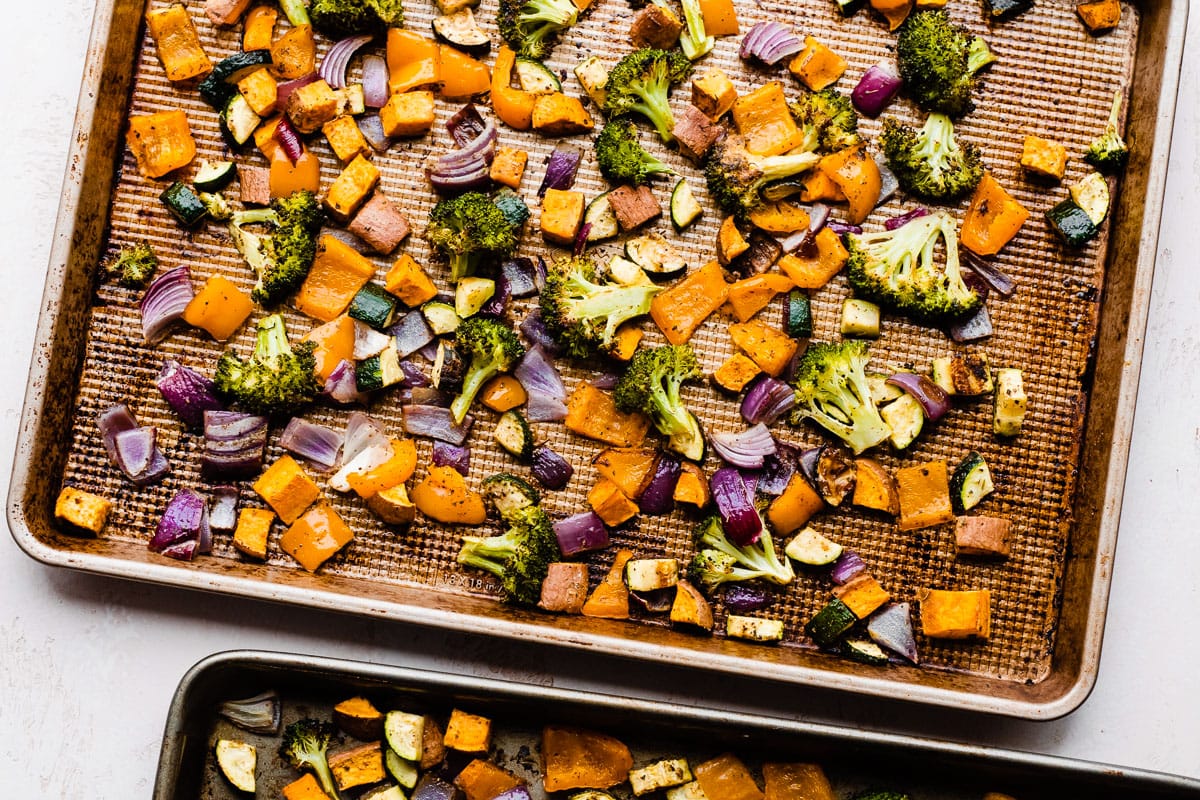When it comes to cooking, there are countless ways to prepare and enjoy different ingredients. One versatile and delicious ingredient that can be used in a variety of dishes is coconut. While many people are familiar with using desiccated or shredded coconut in their cooking, roasting wet coconut can bring out a unique flavor and texture. In this article, we'll explore the process of roasting wet coconut and how you can use it in your culinary creations.
What You'll Need
Before you get started, it's important to gather the necessary ingredients and tools for roasting wet coconut. Here's what you'll need:
- Fresh Wet Coconut: Look for a coconut that feels heavy for its size and has no visible cracks.
- Oven: Preheat your oven to 350°F (175°C).
- Baking Sheet: A large baking sheet will provide enough space for the coconut pieces to roast evenly.
- Knife and Spoon: You'll need a sturdy knife to crack open the coconut and a spoon to remove the flesh.
Steps to Roasting Wet Coconut
Now that you have everything you need, it's time to start roasting the wet coconut. Follow these simple steps to achieve perfectly roasted coconut:
-
Crack Open the Coconut: Using a sturdy knife, carefully tap around the circumference of the coconut to create a line. Once you've made a complete circle, gently pry the coconut open using the back of the knife. Use a spoon to separate the flesh from the shell.
-
Prepare the Coconut: After removing the flesh from the coconut shell, use a vegetable peeler or a sharp knife to peel away the brown skin from the white coconut meat. Rinse the coconut meat under cold water to remove any remaining pieces of shell or skin.
-
Slice or Shred the Coconut: Depending on your preference, you can either slice the coconut into thin strips or use a grater to shred it into smaller pieces. Both methods will result in delicious roasted coconut, so choose the option that best suits your recipe.
-
Spread on Baking Sheet: Once the coconut is sliced or shredded, spread it out in an even layer on a baking sheet. Make sure the coconut pieces are not overlapping to ensure even roasting.
-
Roast in the Oven: Place the baking sheet in the preheated oven and roast the coconut for 5-10 minutes, or until it turns a golden brown color. Keep a close eye on the coconut as it roasts to prevent burning.
-
Stir and Rotate: About halfway through the roasting process, use a spatula to stir and rotate the coconut pieces on the baking sheet. This will help ensure that all sides are evenly roasted.
-
Cool and Enjoy: Once the coconut reaches a golden brown color and a delicious aroma fills your kitchen, remove it from the oven and allow it to cool completely. The roasted coconut can be enjoyed on its own as a snack or used as a topping for yogurt, oatmeal, or baked goods.
Tips for Roasting Wet Coconut
To achieve the best results when roasting wet coconut, consider the following tips:
- Freshness Matters: When selecting a coconut, choose one that feels heavy for its size and has no visible cracks. Fresh coconut will yield the best flavor and texture.
- Even Slicing: Whether you choose to slice or shred the coconut, aim for uniform pieces to ensure even roasting.
- Watch Closely: Coconut can go from golden brown to burnt very quickly, so keep a close eye on it as it roasts.
Get Creative with Roasted Coconut
Once you've mastered the art of roasting wet coconut, the possibilities for using it in your cooking are endless. Here are a few ideas to get you started:
- Tropical Salads: Sprinkle roasted coconut over a fresh fruit salad for added texture and flavor.
- Curries and Stir-Fries: Add a handful of roasted coconut to your favorite curry or stir-fry for a delicious crunch.
- Baked Goods: Incorporate roasted coconut into muffins, cookies, or granola for a delightful twist.
By following these simple steps and tips, you can elevate your culinary creations with the rich, nutty flavor of roasted wet coconut. Whether you enjoy it as a standalone snack or use it to enhance your favorite dishes, roasted coconut is sure to become a staple in your kitchen. So, grab a fresh coconut and get ready to experience the delicious transformation that occurs when you roast this versatile ingredient.
Was this page helpful?
Read Next: How To Roast Whole Bean Coffee In A Stove
